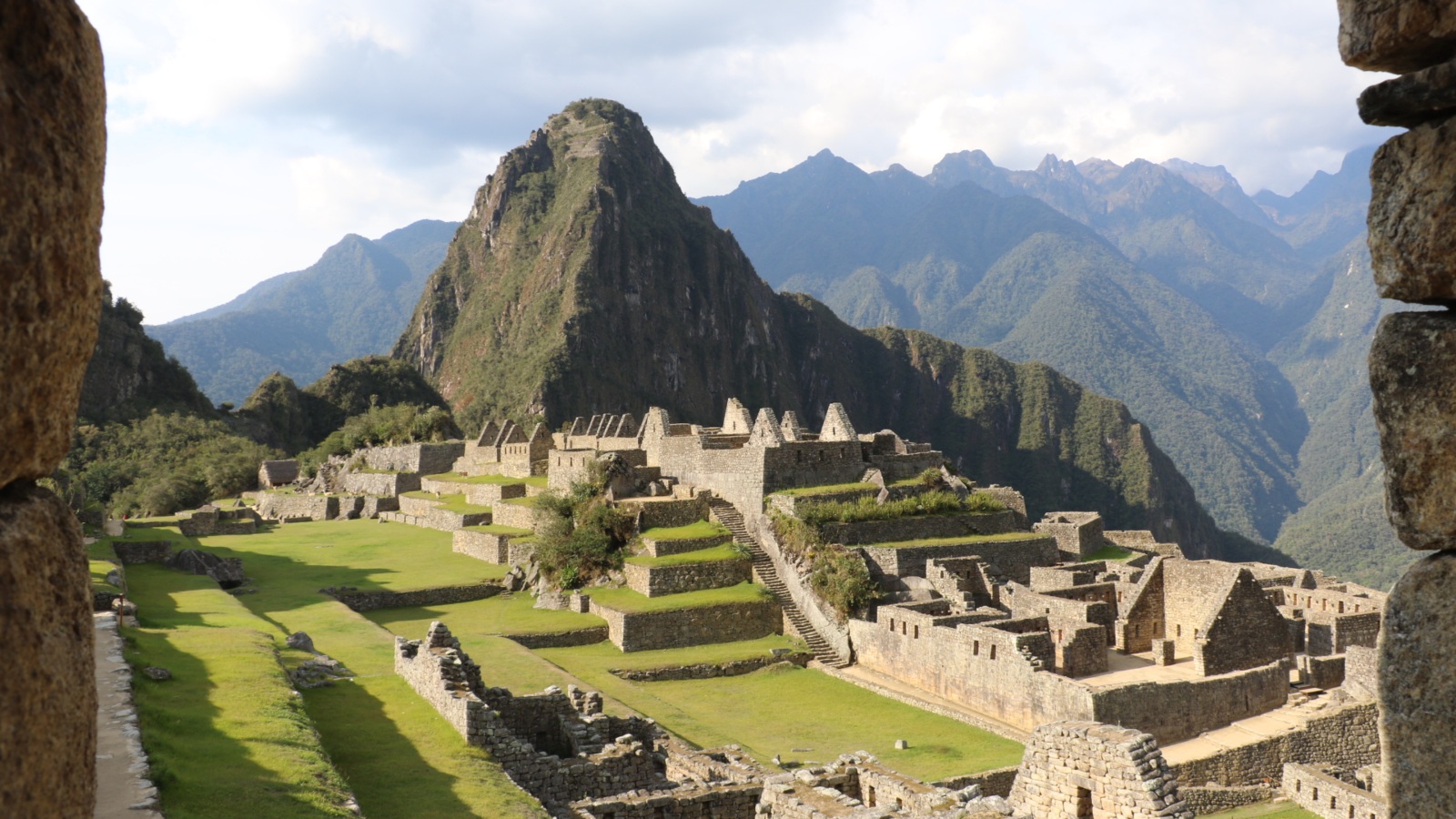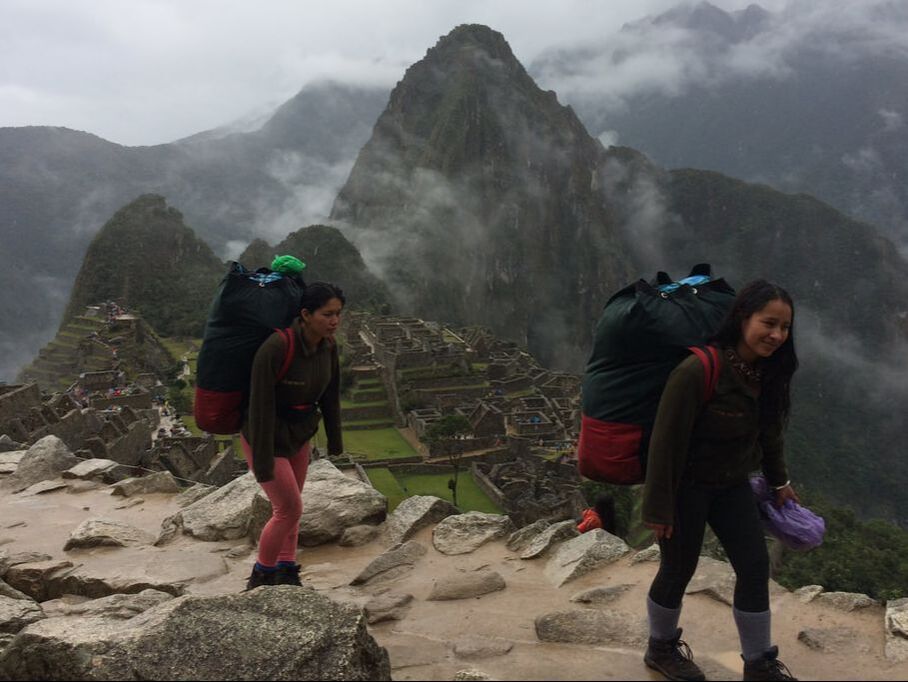EVOLUTION TREKS PERU
The Number One Ethical Tour Operator of Peru

By Miguel Angel Gongora Meza.
Travel expert & Professional Tour Guide at Machu Picchu & the Inca Trail.
Is Machu Picchu closing down?
No, Machu Picchu is not closing. Despite the recent propers in Janaury 2024, the Peruvian government has no plans to close the site.
Is Machu Picchu open?
Machu Picchu, a globally acclaimed archeological site in Peru, has reopened after an agreement between authorities, community groups, and the local tourism industry allowed it to resume operations. This agreement facilitated the reopening following a temporary closure due to protests in the region.
Is the 4-day Inca Trail Open?
Yes, the Inca Trail reopened on March 1, 2023, and will close again on February 2024. Reservations for 2023 and 2024 are open, and permits for June, July, and August are available.
Why is the Inca Trail closed in February?
The Inca Trail closes temporarily every year in February due to heavy rains and to provide maintenance to the trails.
Now, these answers are just part of the many questions related to this issue.
You must first know that Machu Picchu is undergoing many changes.
Since July 1st, 2017, there have been new rules for visiting Machu Picchu. These rules have changed the way people get to visit Machu Picchu, forcing tour operators to change the way they used to operate tours.
These days, there are hourly shifts to enter Machu Picchu, meaning visitors will only be permitted to enter Machu Picchu when they have been allotted and must exit the city by the time assigned. These shifts start at 6:00 am and finish at 3:00 pm.
Some people have misunderstood these changes, which has led to a lot of misleading information on the web. So, it is essential to understand why this is the case and what to do about it.
Here are a few examples:
The Inca Trail to Machu Picchu closes every year in February. Since 2001, The new regulations regarding the management and preservation of the Inca Trail demand its temporary closure for the whole month of February due to safety matters and harsh weather conditions. Heavy rains and landslides occur during this time while park officials maintain trails, bridge reconstruction, and improvement of toilets and campsites.
However, the closure of the Inca trail in February does not mean that the Machu Picchu archaeological site will be closed, too. Only the Inca trail closes temporarily, while Machu Picchu remains open year-round. We do not recommend anyone hike to Machu Picchu by any alternative treks due to safety issues.
Sometimes, unexpected changes can occur, but they do not mean that Machu Picchu is closing forever
Can I still visit Machu Picchu in February?
Machu Picchu is open in February; the fact that the Inca Trail is closed in February does not mean that Machu Picchu will close, too. However, be prepared for cloudy skies and torrential rain during your visit.
Is Huayna Picchu Or Machu Picchu mountain open in February?
None of these mountains is open for the public to visit during February due to the strong rains and the likelihood of landslides.
In January 2023, the Inca trail to Machu Picchu closed due to the political turmoil that shook Peru after President Castillo staged a coup d’etat.
In 2017, a rock slide close to the Pacaymayu Alto campsite killed one person and injured two other people. This terrible situation forced the Machu Picchu park management to close the Inca Trail earlier than in previous years for safety reasons.
In 2016, the Wayna Picchu and Machu Picchu Mountains were closed to tourists. At the time, news of this event flooded the travel media, confusing travelers. People thought that Machu Picchu, one of the world’s seven wonders, was closing forever. The fact is that the Peruvian government unexpectedly closed access to Huayna Picchu Mountain and Machu Picchu Mountain due to maintenance and without previous notice.
One way to avoid getting caught by these last-minute changes is to keep informed about Machu Picchu. A good place to start is the official Peruvian government website of Machu Picchu.
Not only that.
Earlier in 2017, A wave of floods and landslides devastated Peru’s northern regions when the fury of “El Niño” phenomena wreck havoc in some regions of Peru. Lots of people ended up changing itineraries and canceled their planned trips to Machu Picchu believing that Machu Picchu was closing down. However, Machu Picchu was only affected when a massive landslide destroyed a big chunk of the classic Inca Trail and the Winaywayna archaeological site which didn’t even make it to the world news .
But,
do take notice that Machu Picchu’s topographic location is a threat to Machu Picchu but will not force Peruvian authorities to close it down.
Geologic studies of Machu Picchu area have determined that two fault lines flank the Incan city causing it to sink into the ground. This phenomenon seems to destabilize some of the constructions due to erosion. As this event takes place in a long time span, the UNESCO and the Peruvian government have mobilized to implement a plan to minimize the negative impact of people transiting in the city.
One of the extreme measures considered, yet not implemented, was the possible closure of the Incan city and the construction of pathway and a dome surrounding the city to preserve its importance and allow tourist to visit it.
Once again, No, Machu Picchu is not closing and will not be closing anytime soon. At least not in the way people seem to imply.

We are determined to give people their best adventure ever. Our only question is, will it be yours?
Machu Picchu is going through a lot of transformations That will alter the way tours are organized.
Continue reading this Important information for travelers to Machu Picchu in 2024 and the following years.
IF YOU ARE PLANNING to visit Machu Picchu this year, you need to know about changes to the system that grants access to Machu Picchu city.
Countless people across the world are planning to visit Peru this summer. Some of them have already made reservations for their trips, while some are still deciding when to go. If you are one of those people who have yet to secure their plans, then the following information is of utmost importance for helping you plan your visit.
Explosive growth of tourism in Machu PicchuThe number of people visiting Machu Picchu has grown exponentially. In 2016, a record 1.4 million people plus visited Machu Picchu, with more than five thousand people visiting per day (a near uncontrollable level) in July. These increases have resulted in long unwieldy lines of thousands of people trying to catch one of the shuttle buses to Machu Picchu from Aguas Calientes. The average wait time for a bus can reach 2-3 hours, especially in the early morning hours when most people want to get to the site to experience the sunrise. In 2017, the park administration of Machu Picchu together with the Peruvian government approved and implemented “The new Regulations of Sustainable Use and Touristic Visits for the Conservation of the Inca City of Machu Picchu.
The purpose of this new set of rules, implemented in accordance with the Master Plan of the Historic Sanctuary of Machu Picchu, is to ensure a better flow of people to the site.
Entrance to the main attractions in Machu Picchu city now have two allocated entrance times. This means that visitors will only be permitted to enter Machu Picchu at the time they have been allotted and must exit the city by the time assigned.
The new Regulations of Sustainable Use and Touristic Visits for the Conservation of the Inca City of Machu Picchu establishes that from July 1, 2017, the following changes will take place:
1. Entrance to Machu Picchu will be divided into two entrance and departure times:
The 1st entrance/departure times from 05:30 AM until 12:00 noon.
The 2nd entrance/departure times from 12:00 noon until 17:30 PM
2. Entrance times for alternate routes:
Huayna Picchu Mountain
The 1st entrance from 07:00 AM until 08:00 AM
The 2nd entrance from 10:00 AM until 11:00 AM
Only 250 people per time can climb this mountain. The average time to go up and down this mountain is about 3 hours – and 4 hours if one wishes to visit the Great Cavern. People should exit the Huayna Picchu by 13:00 PM.
3. Machu Picchu Mountain
The 1st entrance from 07:00 AM until 08:00 AM
The 2nd entrance from 09:00 AM until 10:00 AM
Only 400 people per time can climb this mountain. The average time to go up and down this mountain is about 4 hours. People should exit the Machu Picchu mountain by 15:00 PM.
How will this affect tourists?
It is not known yet with certainty how these changes will affect visitors. Based on our experience we can foresee the following effects:
1. The best part of these changes is that there will be fewer tourists in Machu Picchu at any given time – at least, not as many as in the past. This will make the experience more pleasant and will allow people to enjoy the beautiful views without the huge crowds.
2. The actual time spent at the archaeological site will be reduced to only 5 hours per entrance time. It seems that the people with permits to climb Huayna Picchu and Machu Picchu mountains will stay longer in the city (this has yet to be confirmed).
3. These changes will alter the train schedules. People need to check with their tour operators which entrance time they have been alloted to enter Machu Picchu, to assist them to plan their trips and arrange hotels.
4. If people want to spend a full day at Machu Picchu, then they will have to buy two separate tickets for each shift.
5. Afternoon tickets are cheaper than morning tickets. The difference in the pricing is supposed to encourage people to go there in the afternoon shift.
6. The new rules are going through a trial period until 2018 in which they will be enforced fully.
Our Recommendations:
Based on these changes, the best way to go to Machu Picchu is the Short Inca trail, Because, on the one hand, this is ancient road is a beautiful way to get to the Sungate and Machu Picchu. On the other hand, people hiking the short Inca Trail will be able to visit Machu Picchu twice. At the end of day one of their hike, and when they return to Machu Picchu the following day.
When it comes to crowds, the afternoon shift will be less busy than the morning one – particularly during the “low season” months. People will have to choose between attempting to see the sunrise at Machu Picchu or be in the presence of fewer individuals at the site.
Finally, the Peruvian government has been implementing workshops and teach-ins with people involved in the travel market. The point of this is to correctly and gradually apply these changes without causing too much discomfort on our visitors. During these activities, the Peruvian government representatives have communicated that it will take between four and six months to enforce these new rules fully.
The article above is an excerpt from an article that our founder and fellow tour guide Miguel Gongora posted on Matador Network.

